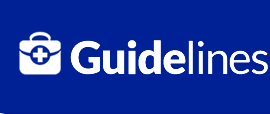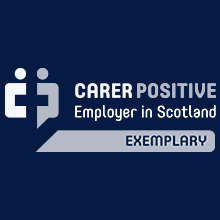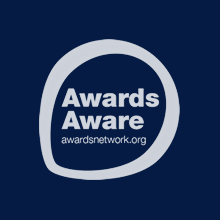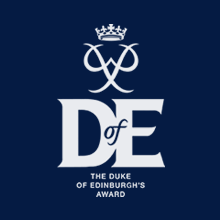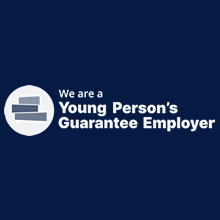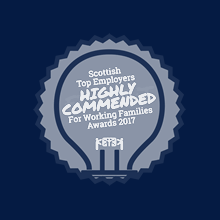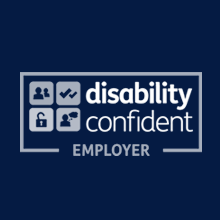Information
Thrush infection, usually caused by Candida albicans, can cause significant pain in the nipple or breast while breastfeeding. It can occur at any time when the mother is breastfeeding although it is more likely after a period of breast feeding. Thrush in the breasts, while breastfeeding, is a painful condition and nearly always occurs in both breasts simultaneously.
SIGNS AND SYMPTOMS OF THRUSH FOR THE MOTHER:
- Severe pain, after every feed, normally in both breasts
- Usually, it occurs after a period of breastfeeding which may have been painful
- The pain may initially be in one breast but quickly spreading to both
- Pain often subsides during a feed only to return and last up to an hour
- Skin of the nipples or areola may be itchy and/or burning, look shiny and red
- It is more likely if mother has received intrapartum or postnatal antibiotics
SIGNS AND SYMPTOMS OF THRUSH FOR THE BABY:
- White patches may be visible in the baby’s mouth, cheeks or gums which do not rub off
- Baby may have nappy rash i.e. red spots and spots that look like the skin is peeling
- Baby may be fidgety during feeds and may pull away when feeding
M.A. & S.G. 21-01-25
If after following the guideline for treatment, thrush is resolved, but pain continues the HV/CMW/FNP would then complete a breastfeeding assessment and refer to infant feeding if required.
It is recommended that mother and baby are treated simultaneously, even if there are no oral lesions visible in the baby’s mouth.
Maternal:
• First Line: Topical miconazole cream 2% to nipple at least four times daily or after every feed for at least 10 days with advice to continue for 7 days after improvement noted.
• Second Line: Topical Clotrimazole 1% cream to nipple 2-3 times daily with advice to continue for 1-2 weeks after symptoms have resolved.
Prescribing Note: Any residual cream should be gently wiped off before the next feed, avoid washing it off as this will remove the natural moisture from the skin and may cause further damage
Baby:
• First Line: Oral miconazole 2% gel – 1ml portion divided into four parts and smeared around mouth using clean finger four times daily after feeds for at least 10 days, with advice to continue for 7 days after improvement noted.
• Second Line: Nystatin 100000units/ml oral suspension: 1ml 4 times daily for 7 days and continue for 48 hours after lesion have healed. Apply to the lesion in the mouth (the longer it is in contact, the better), should be applied after a feed.
Prescribing Note: the oral gel should not be applied to the back of the throat. Observe the patient for possible choking.
